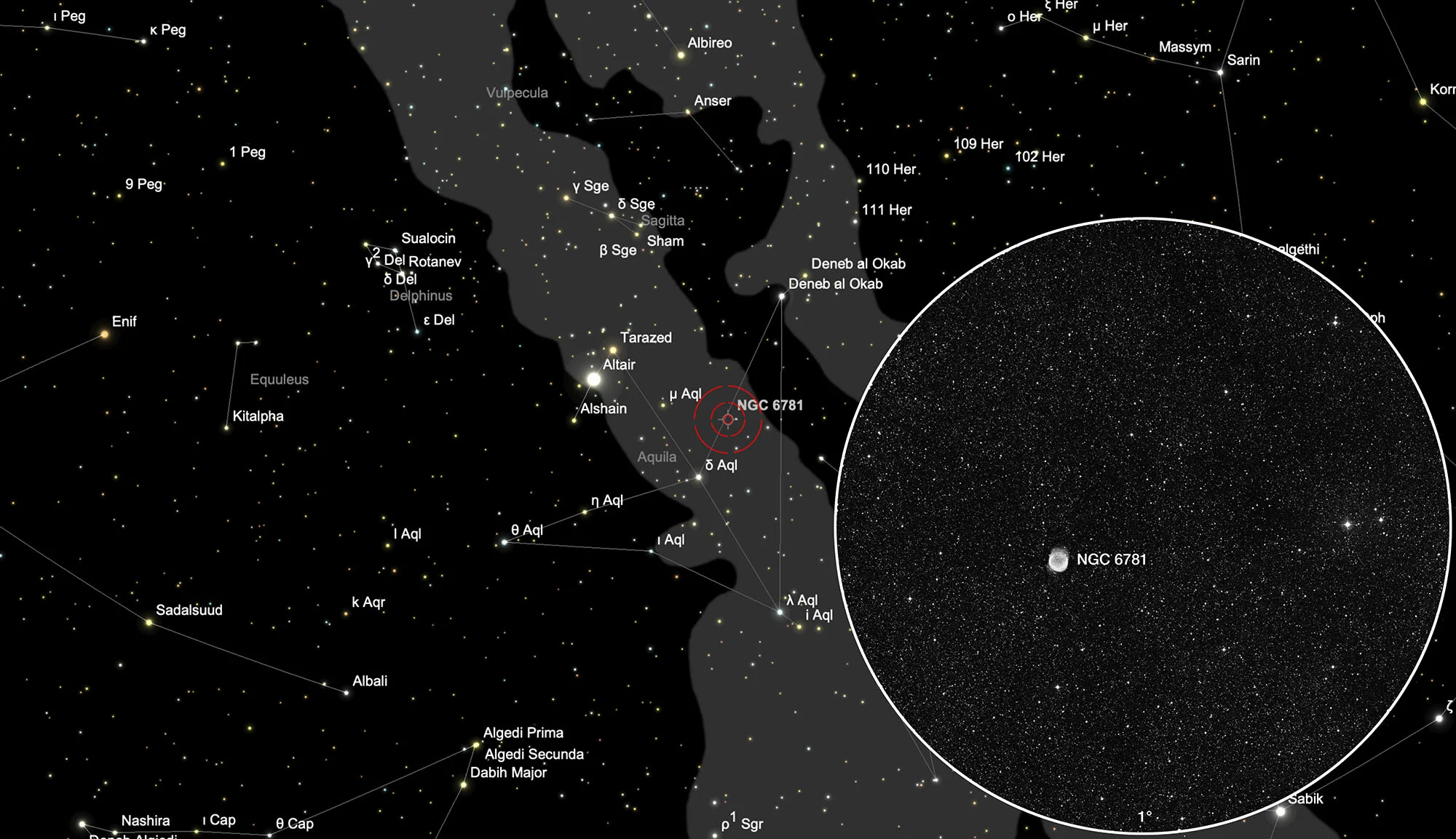Planetary Nebula NGC 6781
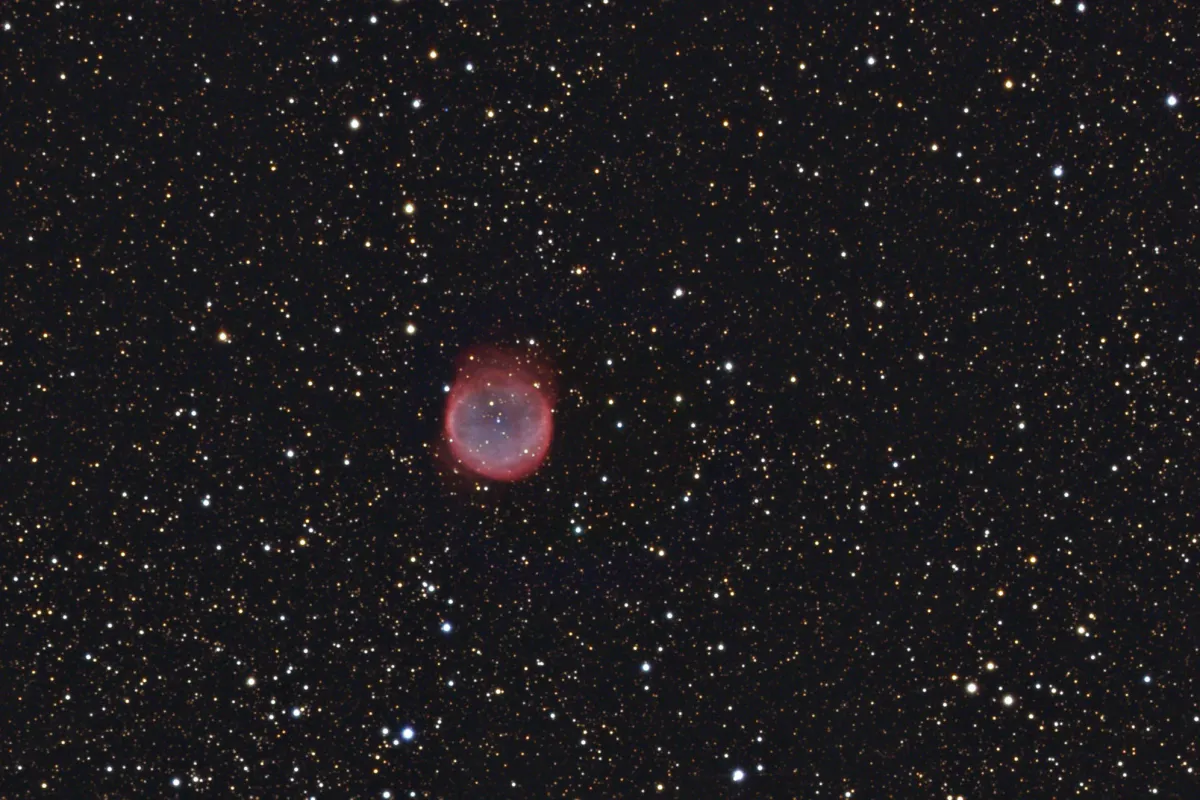

Object Description
NGC 6781 is the glowing remains of a red giant that had to give up its stellar existence thousands of years ago and finally transitioned into the stage of a planetary nebula.
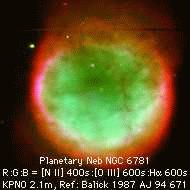
In the classification scheme used by Vorontsov-Velyaminov for PN, the object is designated as type IIIb+III. An irregular disk with traces of a ring structure (IIIb) and an irregular disk without a ring structure in the inner area. This description also corresponds to the appearance in the amateur telescope (see below).
The ring is actually just an optical illusion, it doesn't really exist. If you were to look at a ring-shaped PN from the side, it would rather resemble an hourglass. So it would look similar to the Dumbbell Nebula (M 27) or the Peanut Nebula (NGC 2371/2)! However, since we are viewing NGC 6781 from above, i. H. looking at the poles, the more or less transparent halves seem to 'overlay' each other. As a result, we see a kind of ring.
Measurements of radio and infrared emissions from NGC 6781 have shown that molecules such as carbon monoxide (CO) and hydrogen (H2) are present in the nebula along with ionized gases.
In Roger N. Clark's book Visual Astronomy of the Deep-Sky the brightness of the central star is given as 15.5 mag. However, in the Deep Sky Field Guide to Uranometria one finds the value 16.2 mag.
| Designations | PN G041.8-02.9: NGC 6781, PK 41-02.1, ARO 32, VV 228, VV' 492 |
| Right Ascension (J2000.0) | 19h 18m 28s |
| Declination (J2000.0) | +06° 32' 23" |
| Dimensions | 108." (optical), 130." (radio) |
| Distance | 1.6 kpc |
| Radial Velocity | +4.3 ± 3.7 km/s |
| Expansion Velocity | 12.0 (O-III) km/s |
| C-Star Designations | AG82 363 |
| C-Star Magnitude | B: 17.10, V: 16.78 |
| Discoverer | HERSCHEL 1830 |
How to find NGC 6781?
This planetary nebula lies in the western wing of the constellation Aquila. It actually lies straight on the wing axis, i.e. on the connecting line from the 'axis cross' of the eagle, δ Aquilae (3.4 mag) with the wing tip ζ Aquilae (3.0 mag). The rather low surface brightness of the nebula requires a not too heavily light-polluted sky without a disturbing moon in order to find the PN successfully. On 10 July it is in opposition to the Sun and crosses the meridian at local midnight. The best viewing time is February to December.
Visual Observation
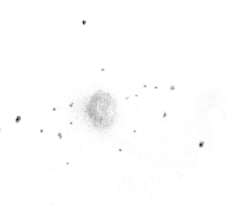
150 mm Aperture: In the 150 mm refractor at about 140x magnification and O-III filter, the object appears faint. Structures are only vaguely recognizable, probably ring-like. However, one half of the nebula appears much brighter. — 150 mm refractor, 1996, Beat Kohler
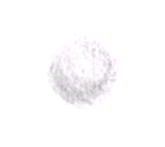
200 mm Aperture: Because of the size of NGC 6781, it is best to start with a medium magnification at 200 mm aperture - around 150x. A round, almost circular disk is visible even at low magnification. A closer look (over 220x) reveals a clear ring structure, with the ring in the south being thicker and brighter. To the north, the ring almost seems to dissolve. Inside the ring, the nebula is much fainter. Using an O-III filter brings a worthwhile improvement in contrast. With the filter, a complicated structure is revealed in the area inside the ring. The central star remains invisible. In clear skies, NGC 6781 is one of the most interesting and beautiful PN's to be observed with an amateur telescope. — 200 mm f/10 SCT, 1996, Philipp Reza Heck
350 mm Aperture: It is to be anticipated that the central star with a magnitude of 16.2 is far beyond the range of a 14 inch Dobsonian. In fact, NGC 6781 offers a fine, structured nebula disk. A rim of two-thirds of the circumference forms in the outer area of the nebula. This rim represents is clearly lighter than the interior. The exterior and interior are finely structured. — 14" PWO-Dobson, F:4.6 / TV-Nagler 13mm, 123x, 0.67° und TV-Radian 8mm, 200x, 0.3°, Eduard von Bergen
400 mm Aperture: The PN is well visible as a large, round disc with and without an O-III filter. The inner area appears somewhat darker, while the edge on one side appears somewhat brighter. With O-III the contrast is slightly better, but without the filter the view appears much more aesthetic because of the fine stars around it. — 400 mm f/4.5 Taurus Dobsonian, Hasliberg, 18. 8. 2023, SQM 21.2, Bernd Nies
